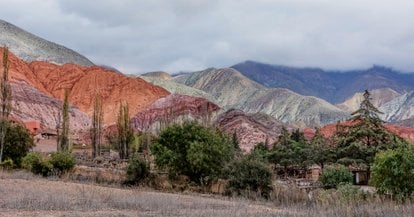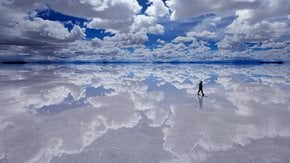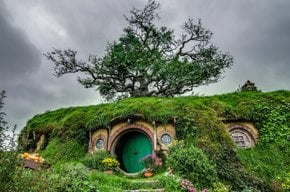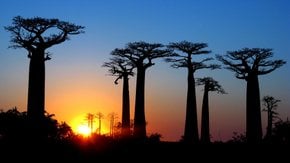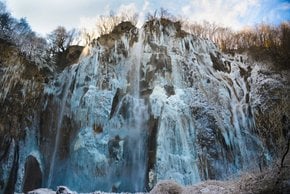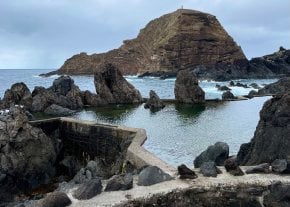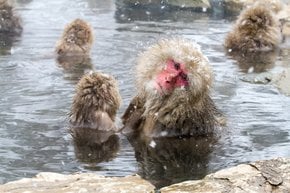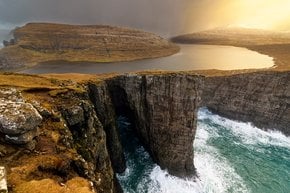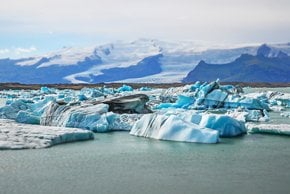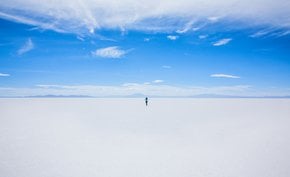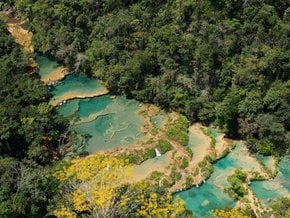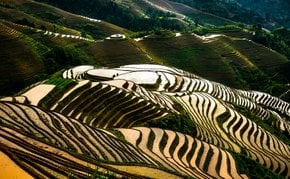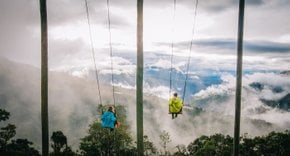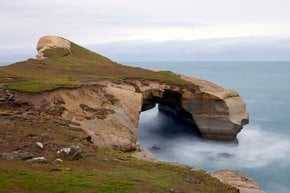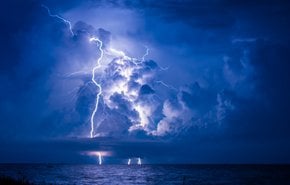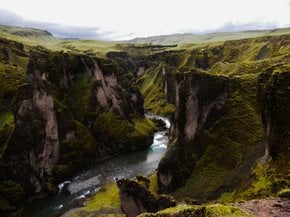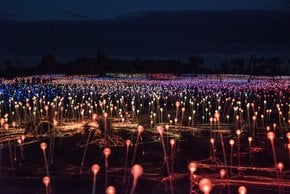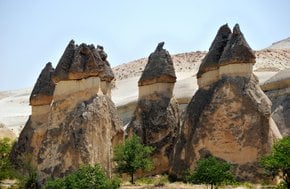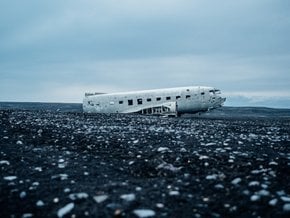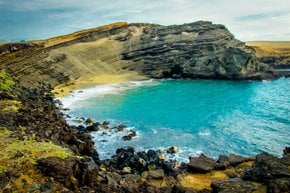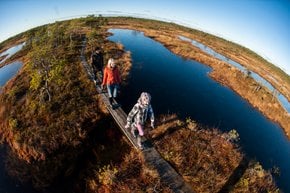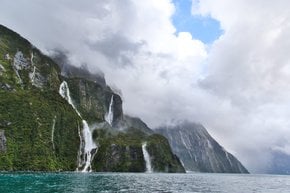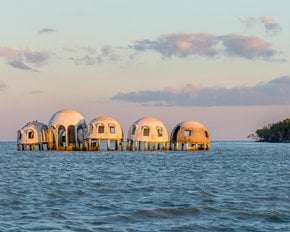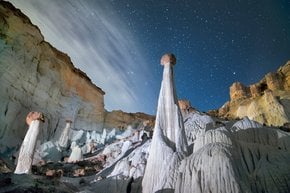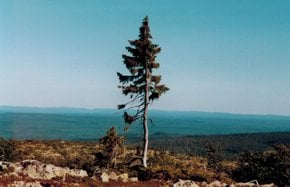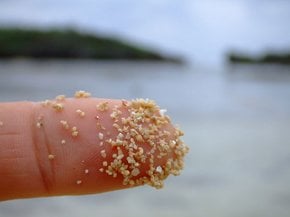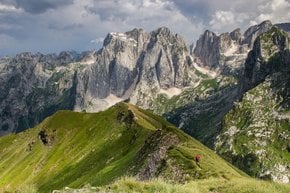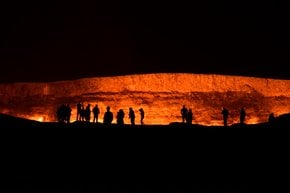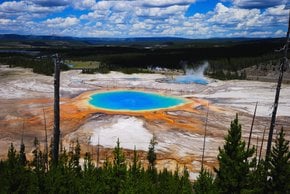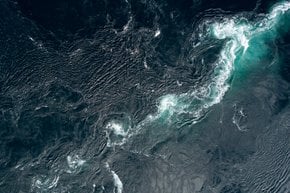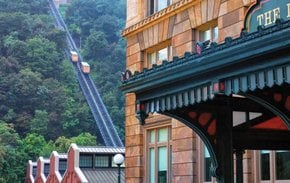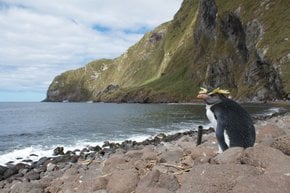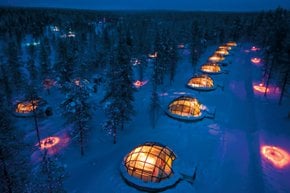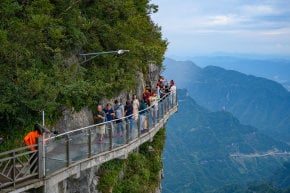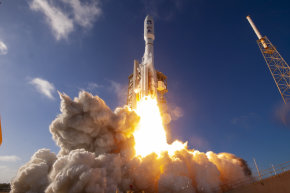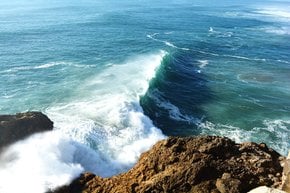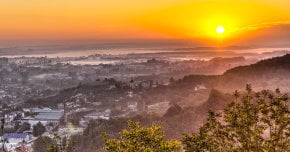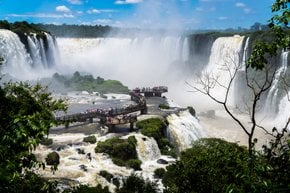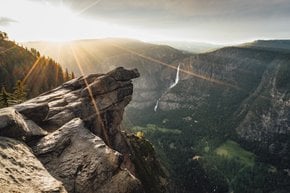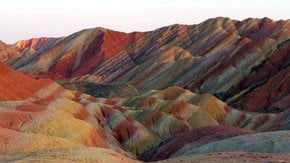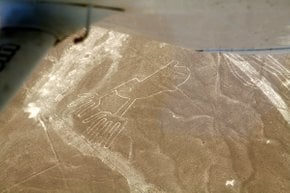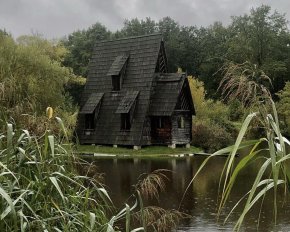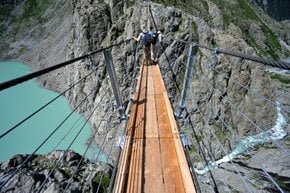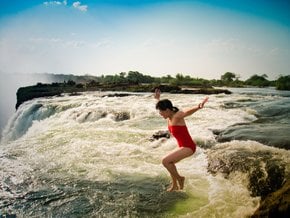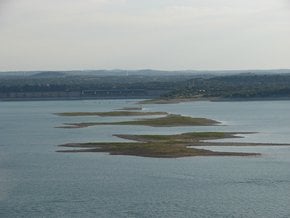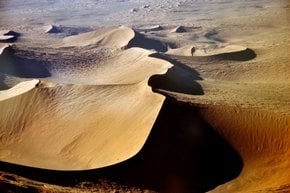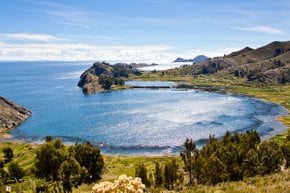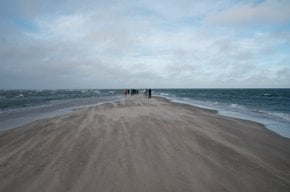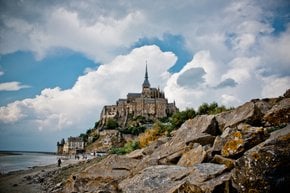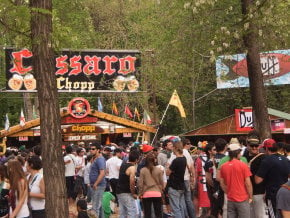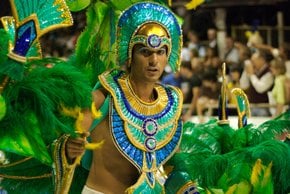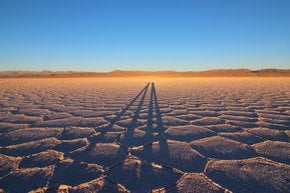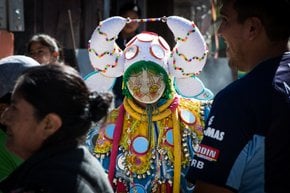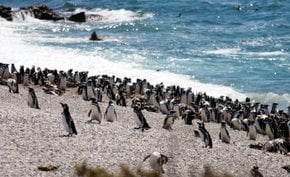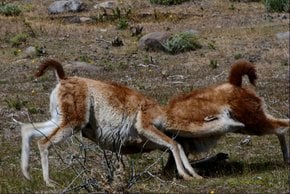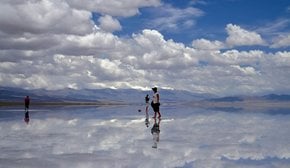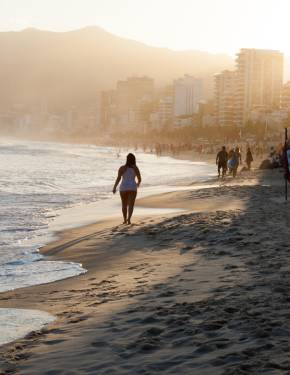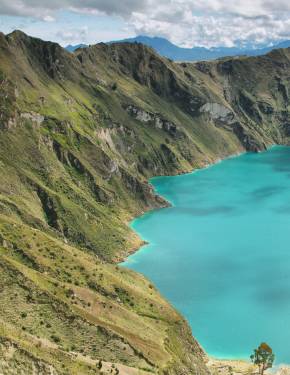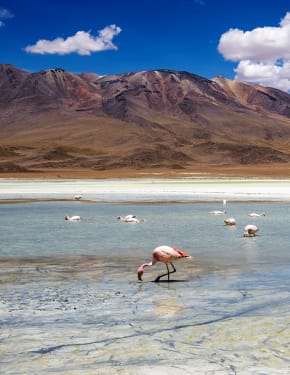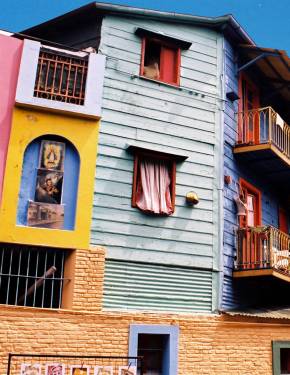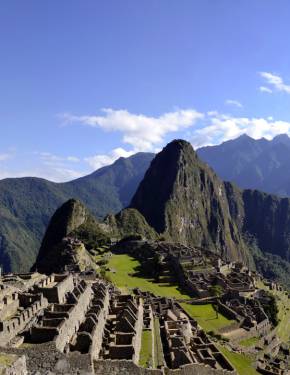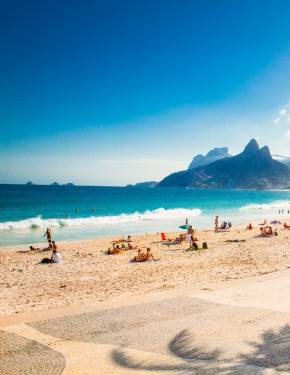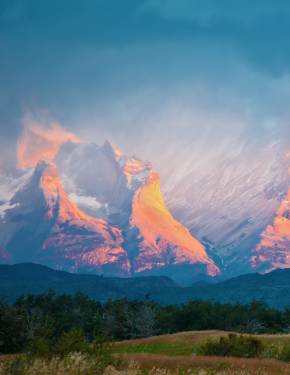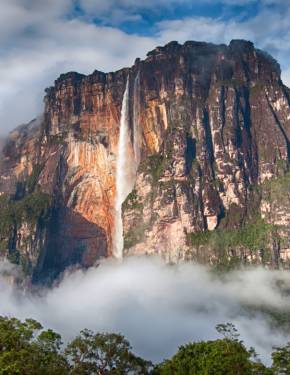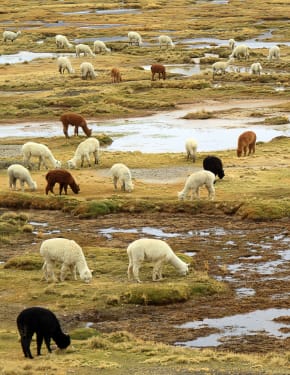Quebrada de Humahuaca in Argentina 2026
The Rainbow Mountains in Argentina's Quebrada de Humahuaca valley are a natural marvel, particularly stunning when bathed in the soft light of morning's first rays.
Best time: May–August
Located in the northwestern region of Argentina, Quebrada de Humahuaca is a stunning 96-mile (155-km) mountain valley in the province of Jujuy. Nestled in the eastern Cordillera, this picturesque valley is celebrated for its breathtaking landscapes and historical significance. The Rio Grande and the ancient Camino Inka run through the valley, a strategic route of the Inca Empire that connected a vast network of paths.
Best Season
The ideal time to visit Quebrada de Humahuaca is between May and August, when cooler temperatures and minimal rainfall create favorable conditions for exploration. During these months, the Rio Grande becomes shallow, making parts of it crossable. In contrast, the rainy season transforms the river into a deep and powerful flow, living up to its name, "Big River." This dry period offers the best opportunity to enjoy the valley's stunning scenery and cultural landmarks.
Getting There
Quebrada de Humahuaca is about 1,650 km (1,025 miles) north of Buenos Aires and 154 km (96 miles) from San Salvador de Jujuy, making it an ideal starting point. The best way to visit is by car, with a scenic 2.5-hour drive from San Salvador de Jujuy or a 4-hour drive from Salta via Route 9. Both cities have airports where you can rent a car. While buses and tours are options, driving offers more freedom to enjoy the stunning landscapes along the way.
Famous Landmarks
The Quebrada de Humahuaca valley is renowned for its vibrant cliffs and the striking Mount Cerro de Los Siete Colores (Mountain of the Seven Colours), famous for its multicolored horizontal stripes. This breathtaking natural wonder, along with the nearby Rainbow Mountains of Argentina, is a must-see for visitors to the region.
The area also boasts rich archaeological and cultural heritage, featuring the remains of ancient fortresses, Catholic churches, and abandoned settlements that reflect the lives of indigenous populations and their role in Argentina's independence struggles. One notable landmark is Pucará de Tilcara, a pre-Incan fortress located on a hill near Tilcara in Jujuy Province. Visitors can also explore a botanical garden on the Hill of the Devil's Throat, which offers panoramic views of the surrounding landscapes.
Scattered across the valley are small settlements such as Uquía, Chulín, Coctaca, and Peñas Blancas, where locals preserve indigenous traditions, religious rituals, art, and folklore, adding to the area's cultural richness.
Carnivals of Quebrada de Humahuaca
The Carnival of Quebrada de Humahuaca, celebrated in February and March during Lent, is one of Argentina's most vibrant traditions, blending indigenous, Spanish, and Creole influences. Rooted in the rituals of the Pachamama and the Inca Kapaj Inti Rami festival, it honors Mother Earth with colorful costumes, masks, music, and dance. The festivities begin with the symbolic unearthing of a devil figure and last eight days, featuring lively comparsas (parades), traditional instruments like charangos and bombos, and rituals involving flour, talcum powder, and basil branches. Celebrations culminate with the burial of the devil, signaling the carnival's end until the following year.

